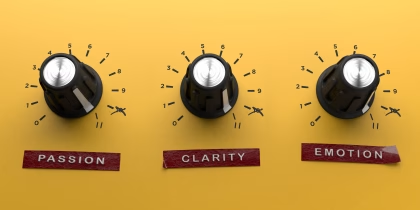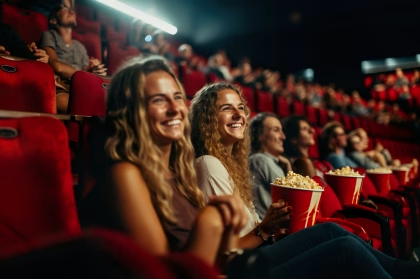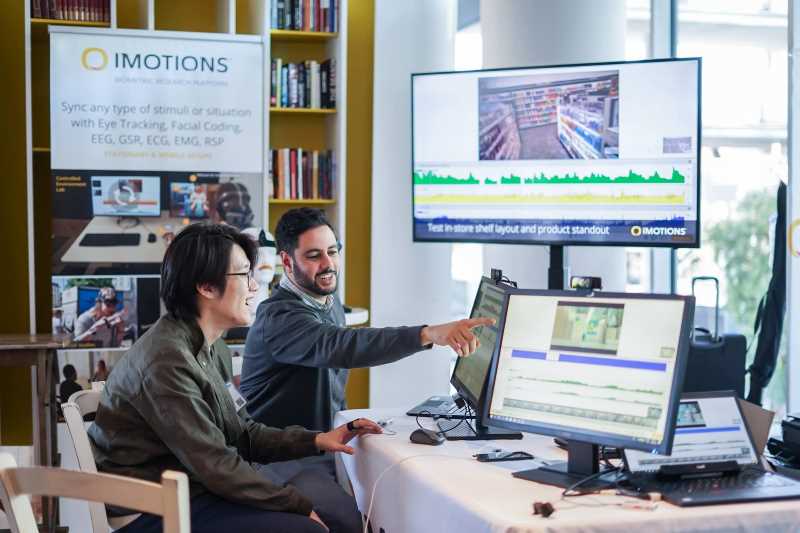Abstract: Investigating how visuals affect test takers’ performance on video-based L2 listening tests has been the focus of many recent studies. While most existing research has been based on test scores and self-reported verbal data, few studies have examined test takers’ viewing behavior (Ockey, 2007; Wagner, 2007, 2010a). To address this gap, in the present study I employ eye-tracking technology to record the eye movements of 33 test takers during the Video-based Academic Listening Test (VALT). Specifically, I aim to explore test takers’ oculomotor engagement with two types of videos – context videos and content videos – from the VALT, and the relationship between the test takers’ viewing behavior and test performance. Eye-tracking measures comprising fixation rate, dwell rate, and the total dwell time for context and content videos were compared using paired-samples t-tests. Additionally, each measure was correlated with test scores for items associated with each video type. Results revealed statistically significant differences between fixation rates and between total dwell time values, but no difference between the dwell rates for context and content videos. No statistically significant relationship was found between the three eye-tracking measures and the test scores. Directions for future research on video-based L2 listening assessment are discussed.
Related Posts
-

Why Dial Testing Alone Isn’t Enough in Media Testing — How to Build on It for Better Results
Consumer Insights
-

Tracking Emotional Engagement in Audience Measurement is Critical for Industry Success
Consumer Insights
-

How Real-Time Audience Intelligence Is Revolutionizing Modern Advertising
Consumer Insights
-

The Uncanny Valley And Designing Trust in Human-Robot Interaction
Academia



